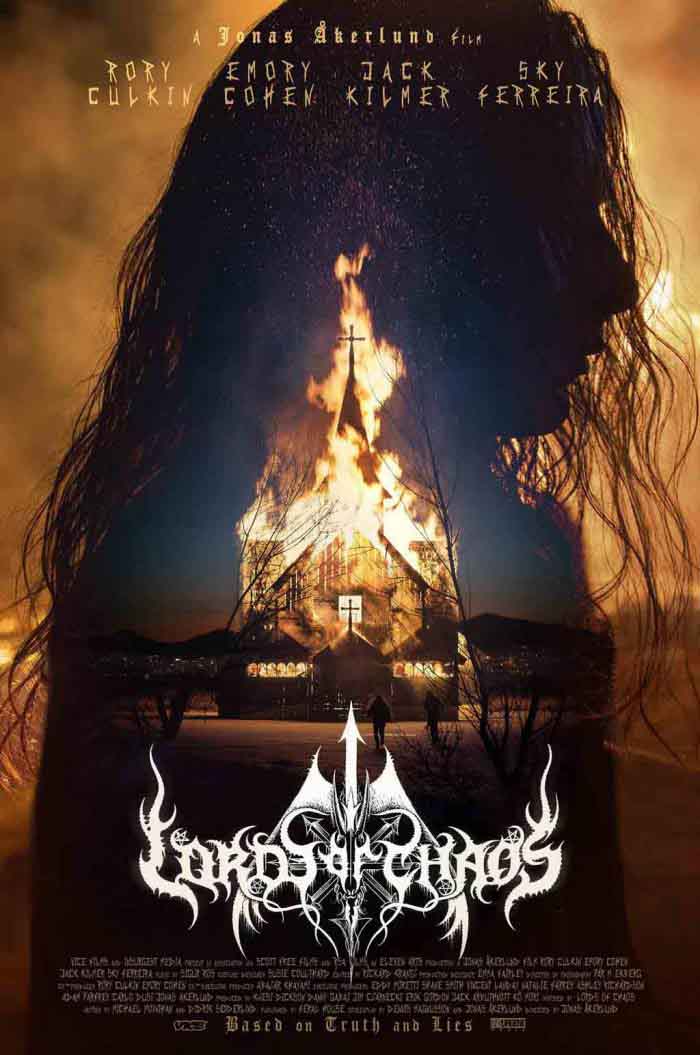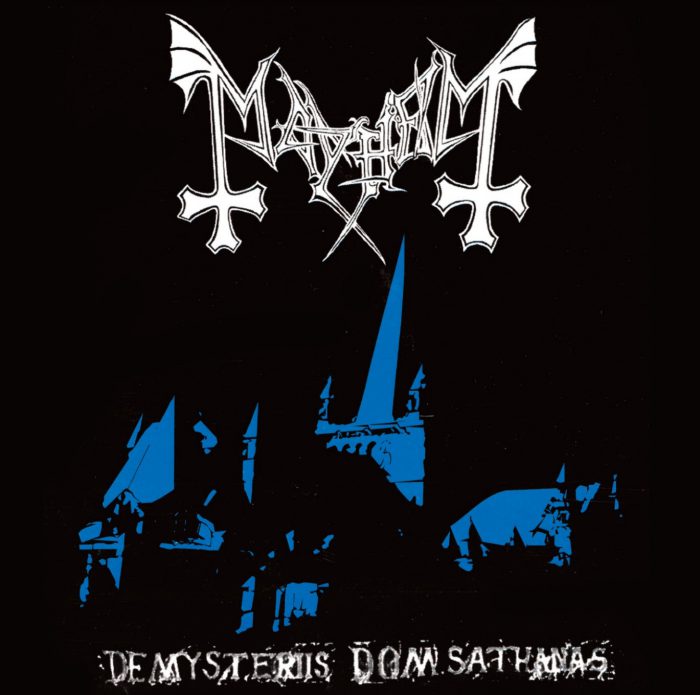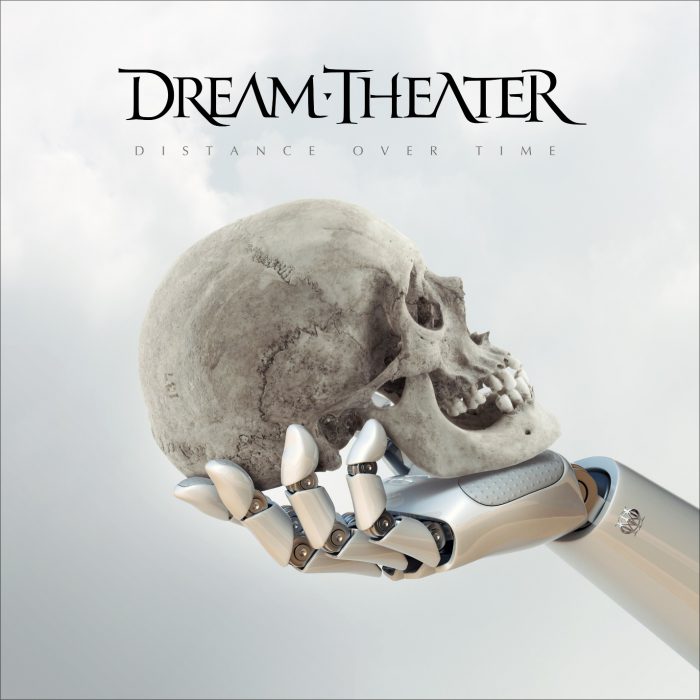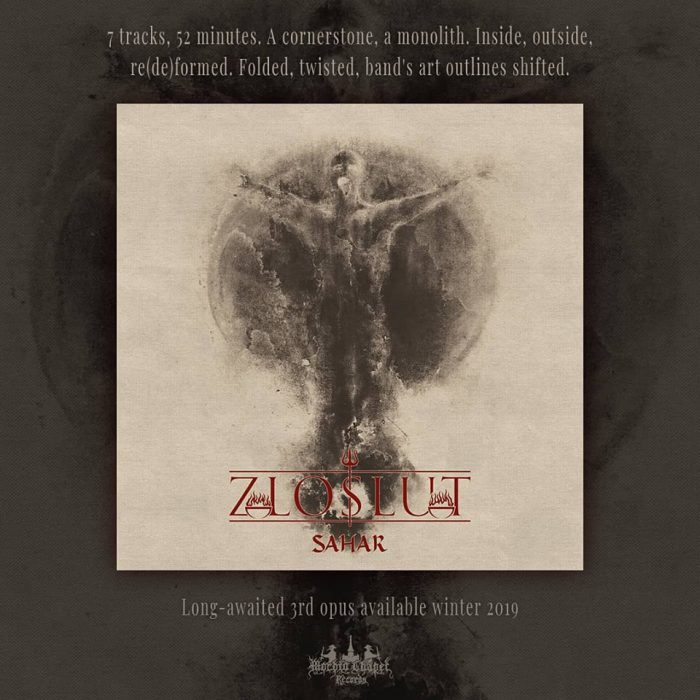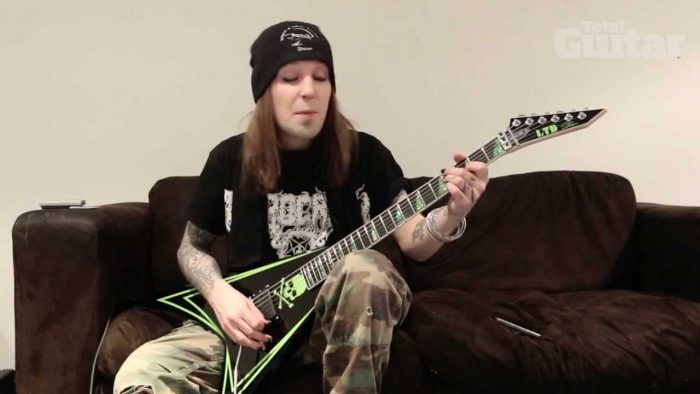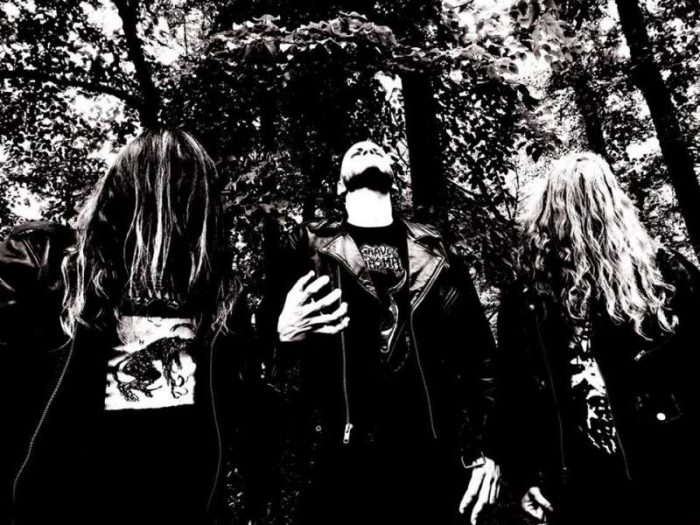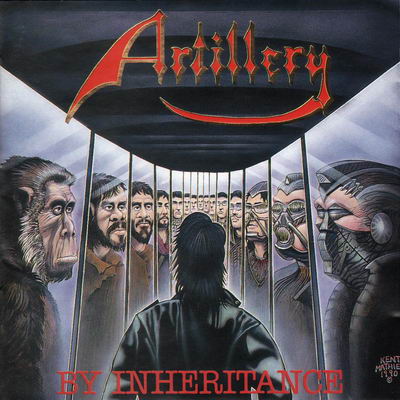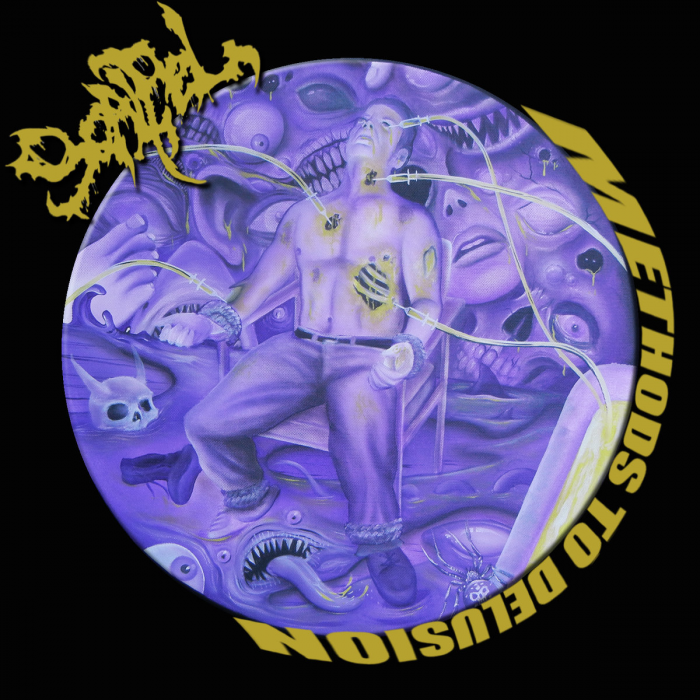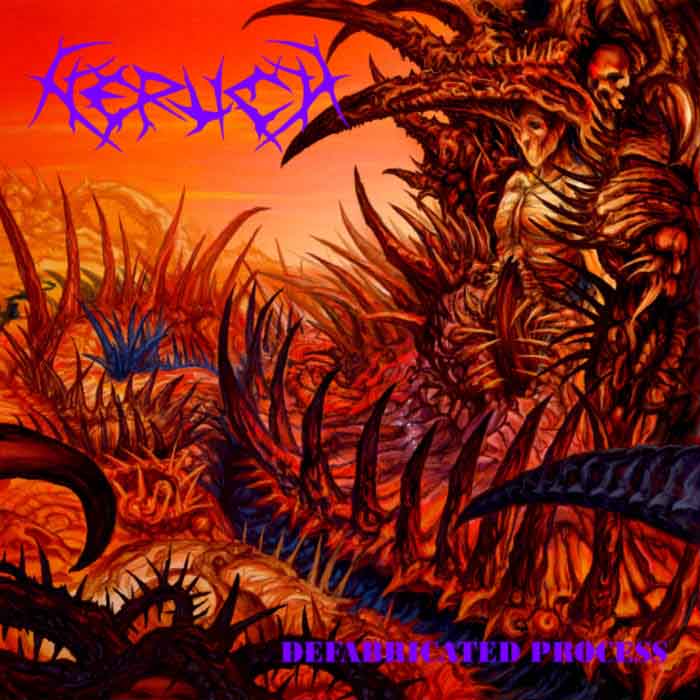In an industry crammed with anti-hero biopics, Lords of Chaos follows the self-destructive rock star trope while sensationalizing the events that occurred during the black metal movement in Norway. Instead of simplifying the story to tell a more accurate tale of actual events, it adopts the more complex and clunky Hollywood cliché of the anti-hero rockstar who must “confront his own demons” instead of the more interesting story, as happened in real life, of a clash over artistic, philosophical, and personal differences. (more…)
7 CommentsTags: attila csihar, Blackthorn, burzum, Euronymous, faust, hellhammer, Jonas Akerlund, lords of chaos, mayhem, mental retardation, Metalion, movie, varg vikernes
